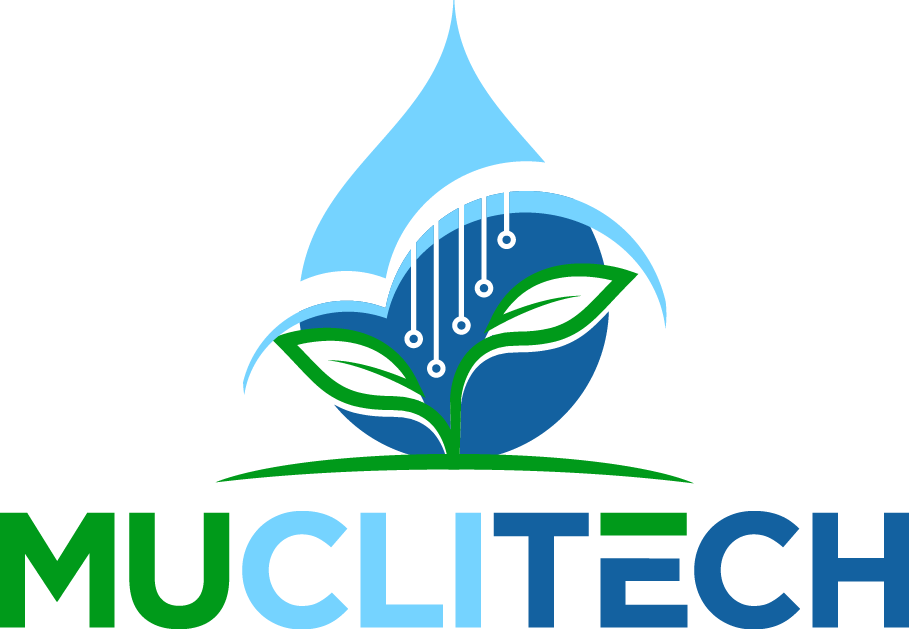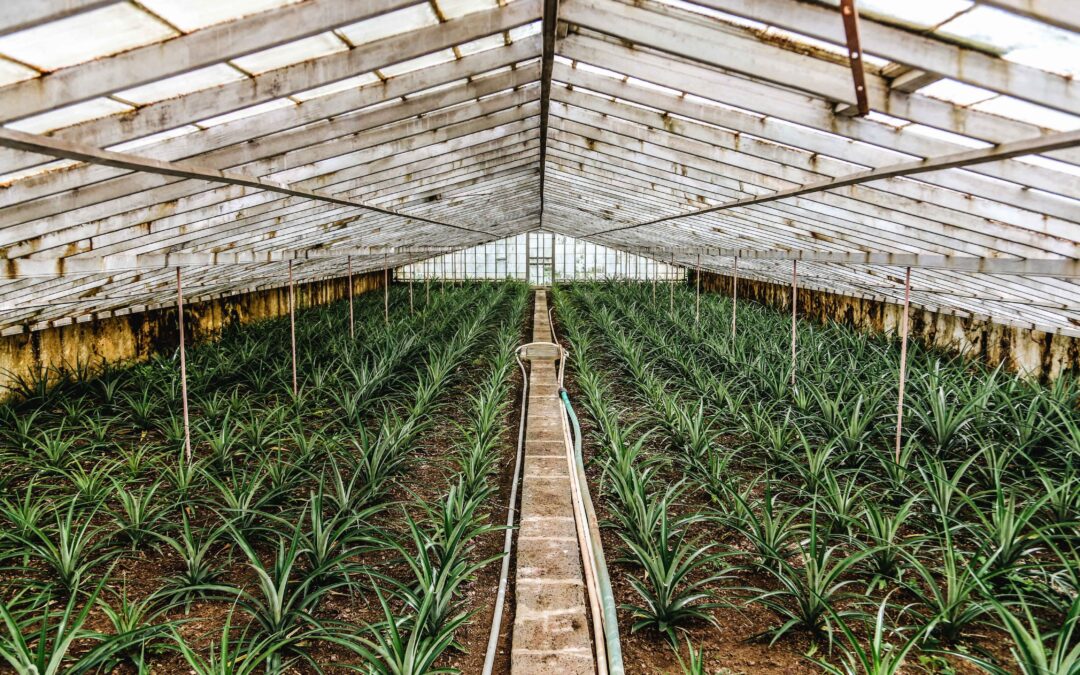Over the past few weeks, the Muclitech team has set out to gain a better understanding of the challenges faced by food producers working in a controlled environment — be it a mushroom farm, an insect farm, an indoor vegetable farm or a cannabis production. This article summarizes five common challenges faced by the farmers interviewed.
1. High energy costs
Depending on the stakeholder, energy costs can represent up to 28% of annual operating costs, depending on the type of production and the energy source used. While lighting is normally the most energy intensive activity (up to 69.9% of energy costs), HVAC (heating, ventilation and air conditioning) accounts for about 28% of the energy bill. Considering that profit margins in agriculture are already low, it is easy to understand why energy efficiency is a major concern for agricultural producers!
2. Disease management
Although controlled environment farming reduces and even eliminates the use of pesticides, sooner or later farmers are bound to face problems with parasitic diseases, molds, insect pests and other phytosanitary challenges. Controlling diseases that can wipe out an entire crop requires constant vigilance, a large amount of money and a lot of time. In order to control these risks, the farmer must establish strict handling protocols, spend time sterilizing equipment and closely monitor inputs. In addition, we have found that the maintenance of air pre-filters and filters is often burdensome, as they must be regularly cleaned or changed to ensure the best air quality. Neglecting pre-filter and filter maintenance can lead to reduced efficiency or even failure of HVAC equipment, as they can quickly become clogged with fine dust, insects or spores.
3. Humidity management
Reaching the desired level of relative humidity in an enclosed space is not an easy task. Some productions (vegetables, leaves, market gardening, insects) have high dehumidification needs while others (mushrooms, sprouts) need to operate at higher humidity levels. Not only is it difficult to reach and maintain the optimal humidity level, but these processes can represent high operating costs as well. In addition, it is difficult to size the equipment needed for moisture management, since certain variables (plant transpiration, parameters of inputs, irrigation, VPD) require a higher level of expertise. Moreover, farmers have told us that most of the HVAC equipment and sensors available on the market do not work properly in environments with high humidity. Indeed, most HVAC equipments used by agricultural producers were designed to generate a comfortable climate for humans. Their use for agricultural purposes leads to premature wear, replacement costs or failure leading to a decrease in profitability for the producer.
4. Climate uniformity
Farmers in controlled environments generally desire a climate that is relatively stable over time and uniform over space. However, outside weather conditions, seasonal changes, or equipment malfunctions can cause significant variations in the growing location. In addition, all agricultural producers in closed environments have experienced microclimate problems despite adequate ventilation. This problem is particularly prevalent in high-density vertical farming. The lack of climate uniformity in the space (border effect, guard row, too wet or not enough area, etc.) causes a decrease in productivity per square meter, one of the most important performance indicators in this sector. The design and positioning of commonly used HVAC equipment does not facilitate uniform climate management in time and space because of the necessity to move large air masses in an area that is often cramped and full of obstacles. In contrast, some farmers want to recreate distinct climate zones to optimize the various stages of plant or insect growth. Once again, the design and positioning of current HVAC equipment limits the ability to generate and control distinct climate zones.
5. A climate management system that meets the farmer’s needs
The purchase of an HVAC system can account for as much as 25% of the initial investment for a controlled environment agricultural project. Although government grants and tax incentives are available for this type of investment, many organizations are reluctant to embark on the purchase of a climate management system. Initial investments require careful considerations, such as the return on investment (ROI). Unfortunately, there are few agricultural businesses that have enough knowledge on building mechanics to make an informed decision. Plus, the uniqueness of each production makes it challenging to precisely forecast the ROI of an expensive climate management equipment. This is why many companies opt for an alternative solution and use ingenuity to develop home-made solutions that are unfortunately not optimal. These solutions may work for a while, but soon producers face the limitations and drawbacks of not having an efficient climate management system. Problems include equipment reliability, energy efficiency, the ability to schedule and control the system remotely, and the lack of an alarm system that alerts the grower to unexpected events. For growing companies that are always looking to increase their productivity while improving their quality of life, these problems quickly become major obstacles to their business development.
Look out for future Muclitech articles, we will share with you how our technologies intend to remedy the problems experienced by agricultural producers in controlled environments.


Recent Comments